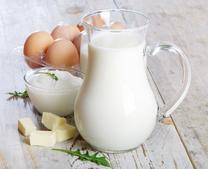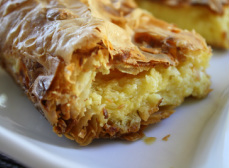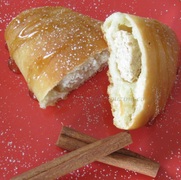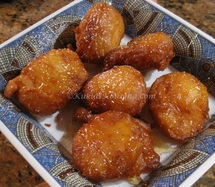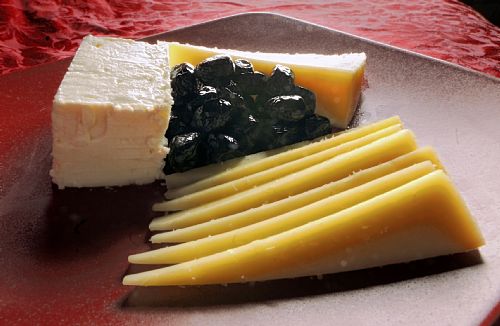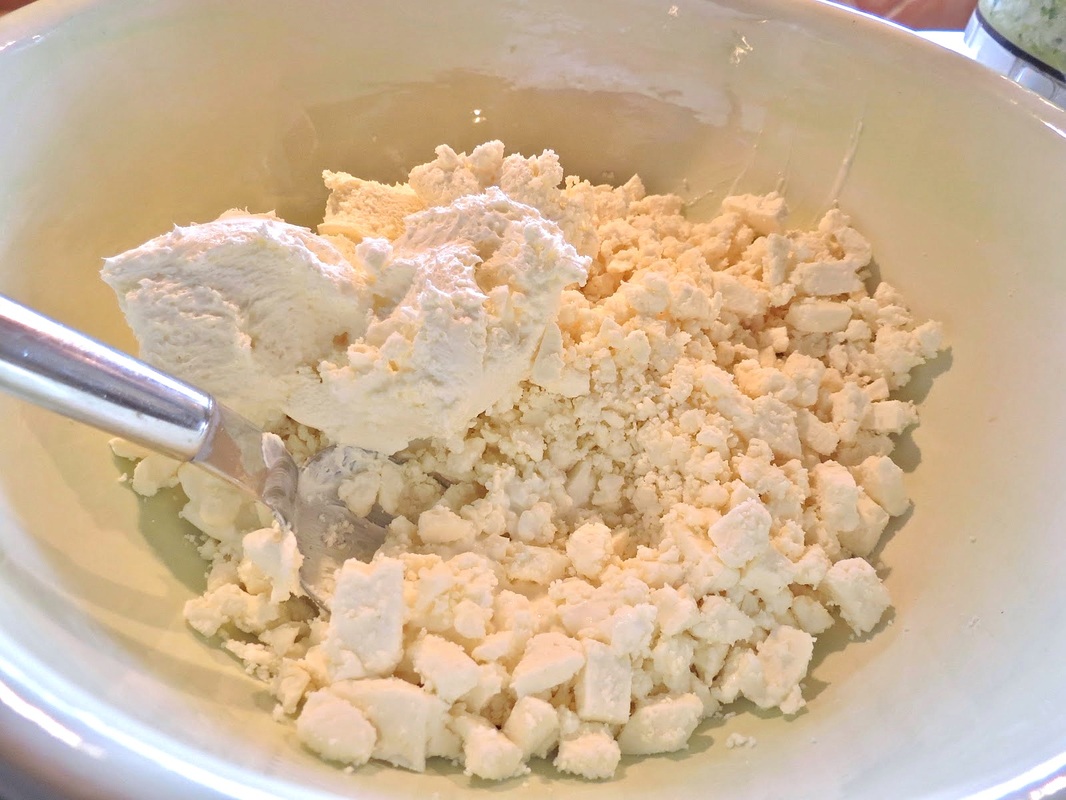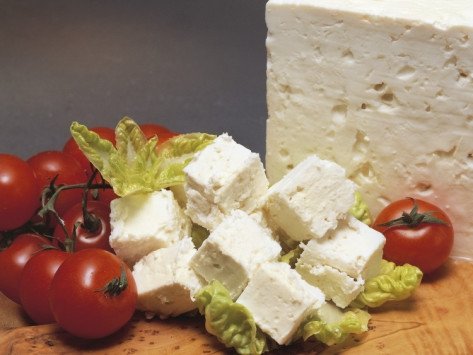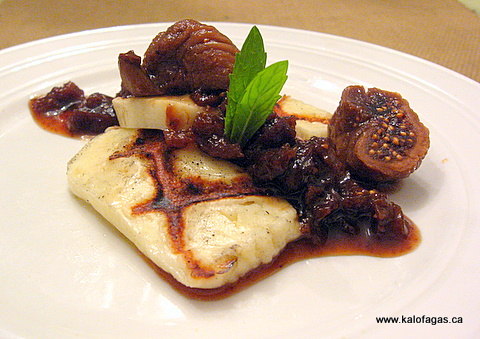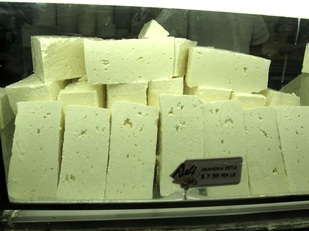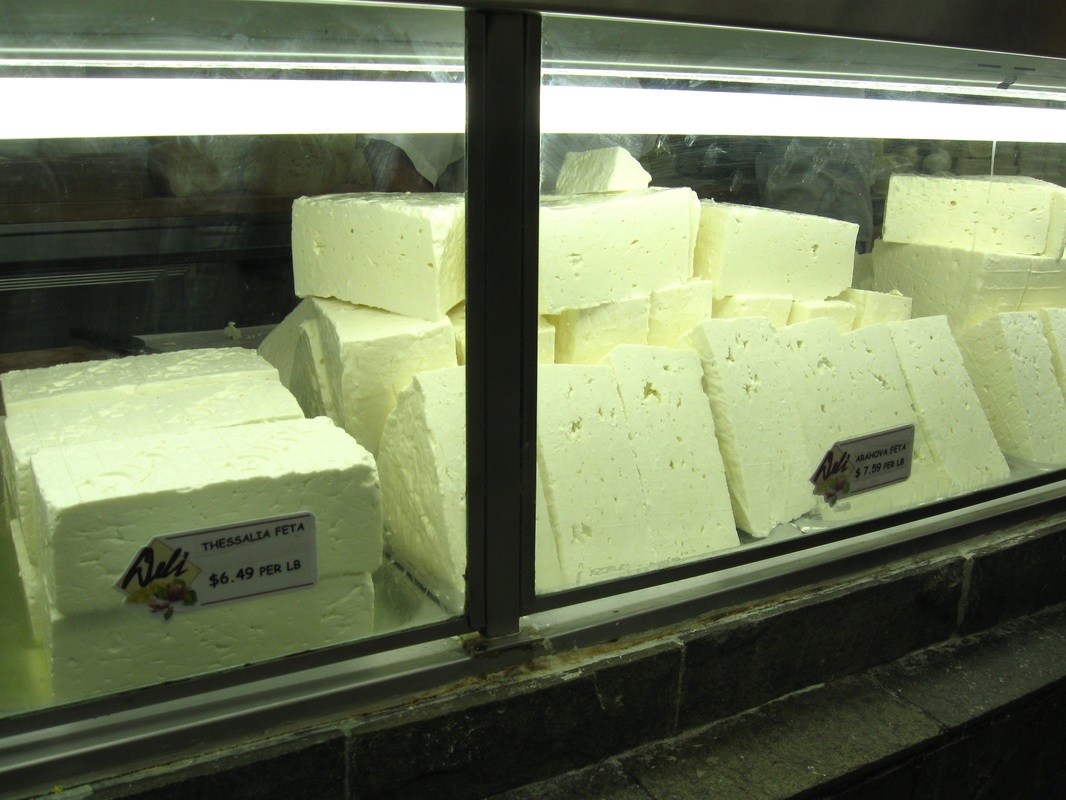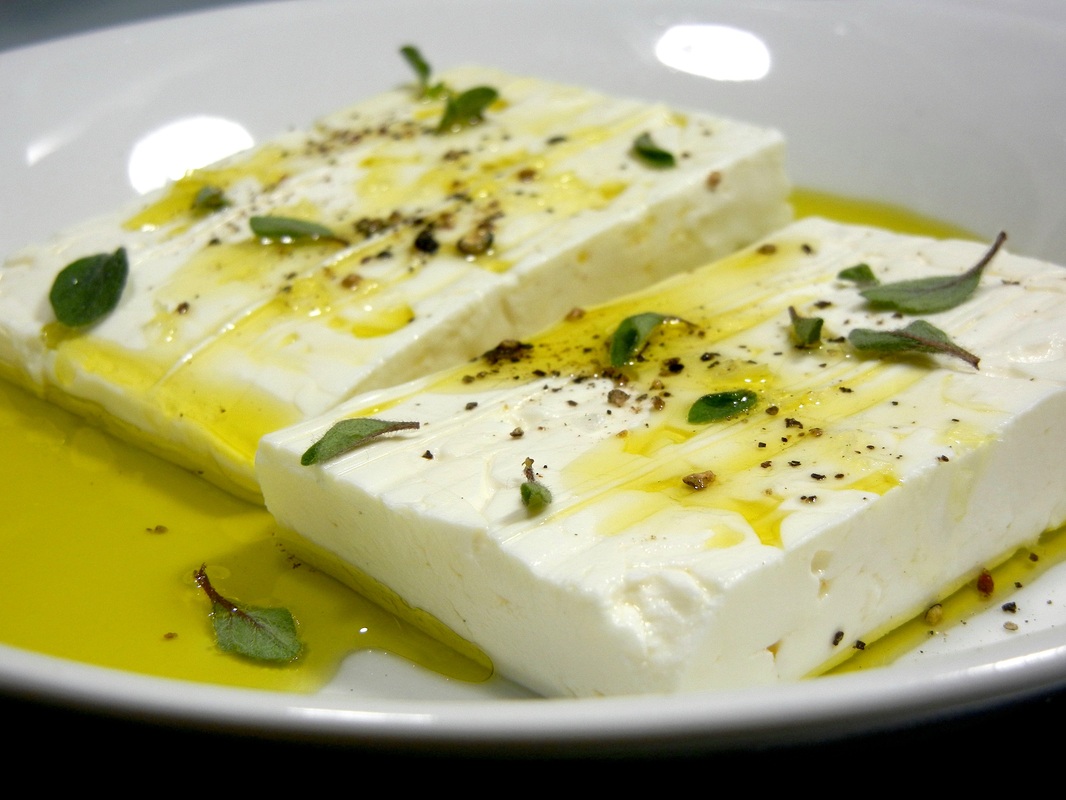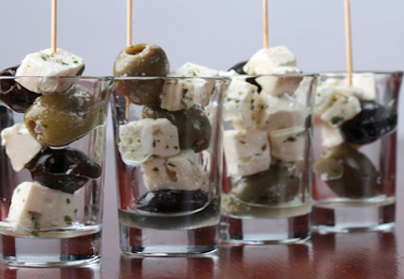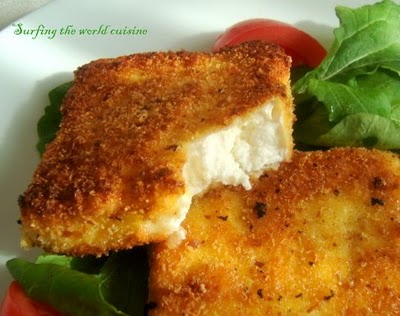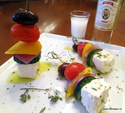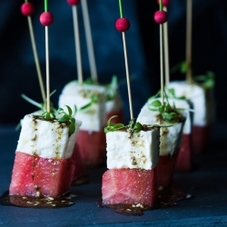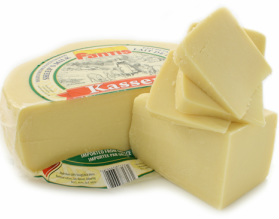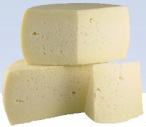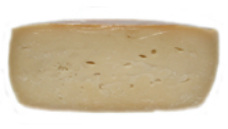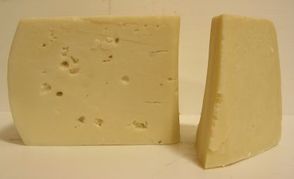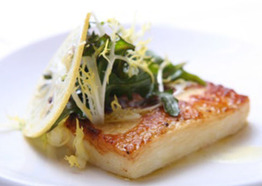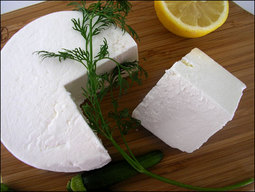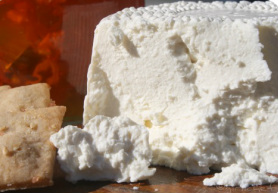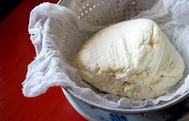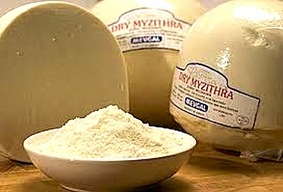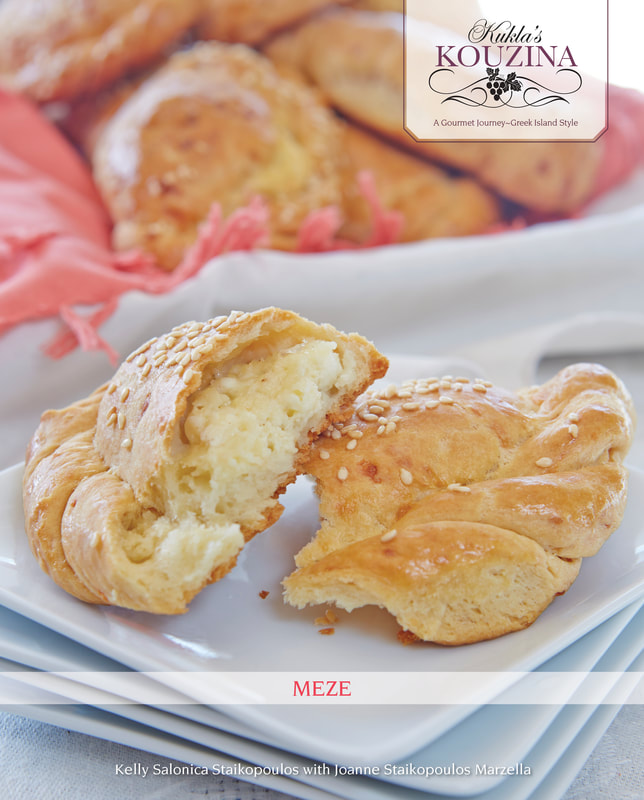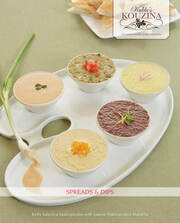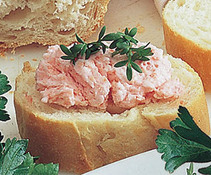
Before using, the roe is mashed and whisked into an emulsion with olive oil and lemon juice or vinegar, then a starch like whipped potatoes or crumbled day-old bread is beaten in, creating a fluffy mousse-like spread or dip. Taramosalata is appropriate for fasting periods and is a valued food during Lent, though it’s delicious enough to be savored any time. If you think this is just a pre-entrée indulgence, think again!
Taramosalata, how do we eat thee? Let us count the ways:
1. Serve alongside warm pita wedges or raw vegetables as a dip (the standard!).
2. Spread onto French-bread slices or spoon onto cucumber slices and/or crackers (this also works on cheese slices), then add a garnish of capers, fresh herbs (like parsley or thyme) or a strip of citrus peel for color.
3. Greek up your eggs! Think Eggs Benedict but instead of ham and Hollandaise, layer an English muffin with smoked salmon, a poached egg, and a dollop of taramosalata. Finish with a sprig of dill for the perfect morning wakeup.
4. Add to croquette or fritter recipes (plain tarama also works). For a recipe that makes 4 to 6 servings, mix in about 4 ounces of taramosalata or tarama (if using tarama, omit the salt in the recipe).
5. Spread on warm toast instead of butter.
6. Use as a garnish for soup (we love it with bean soups).
7. Use as a topping for grilled veggies and seafood.
8. Make it the main ingredient in sandwiches or use it in place of mayonnaise.
9. Stir a tablespoon into 2 cups of marinara for a creamy tomato sauce that can be tossed with pasta or served as a dressing for fish.
10. Crepe it: Spread a thick layer of taramosalata onto a crepe, top with cooked crabmeat or shrimp and sprinkle with chopped fresh chives, then roll and feast.
With all of the ways you can experience taramosalata, it’s no wonder this famous versatile meze is a Lenten delight, as well as a go-to for any occasion. Fair warning, it’s hard to stop eating this allure after just one taste!
Tarama and taramosalata are readily available in some supermarkets, Greek/Mediterranean markets, and specialty/gourmet shops, as well as online at Mediterranean Foods,
gourmetfoodstore.com, and Amazon.
I hope you enjoyed our taramosalata tasting and that these ideas will complement your menus. As we journey through Lent we will continue to bring you more of our customs and foods relating to fasting for spirit and body.
Sign up for our e-newsletter (if you haven’t already) and stay connected on social media for cooking tips and recipes, as well as for all Kukla's Kouzina updates and news.
Thanks for following us and we’ll see you next Monday!
Until then~
Kali orexi! Good appetite!
Kelly
Web design by Kelly Salonica Staikopoulos

